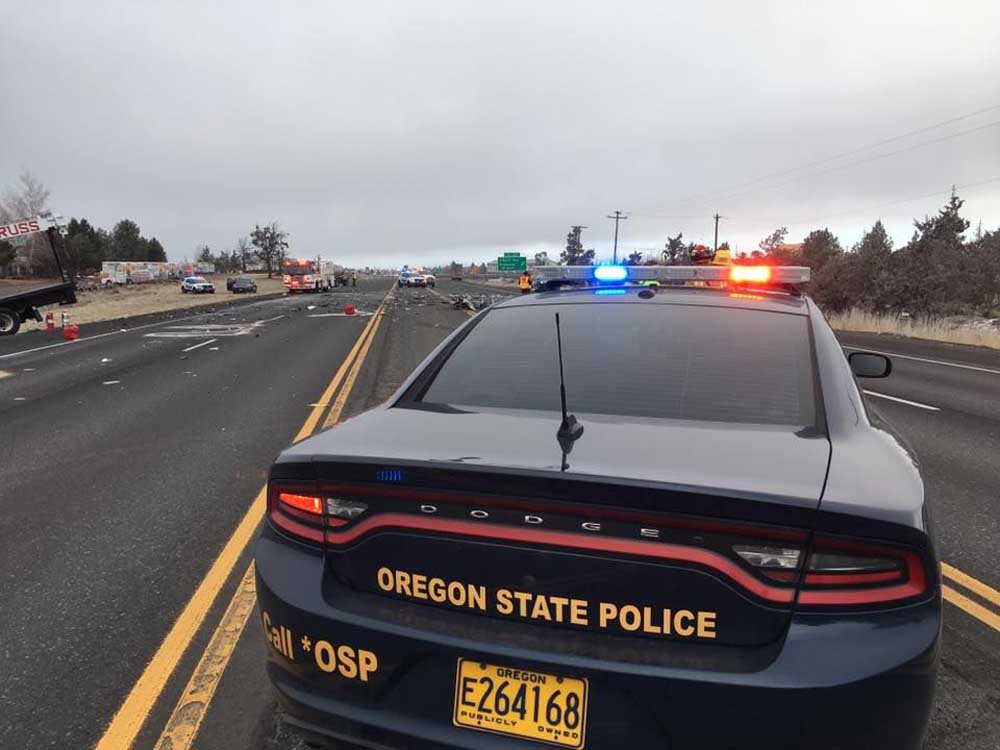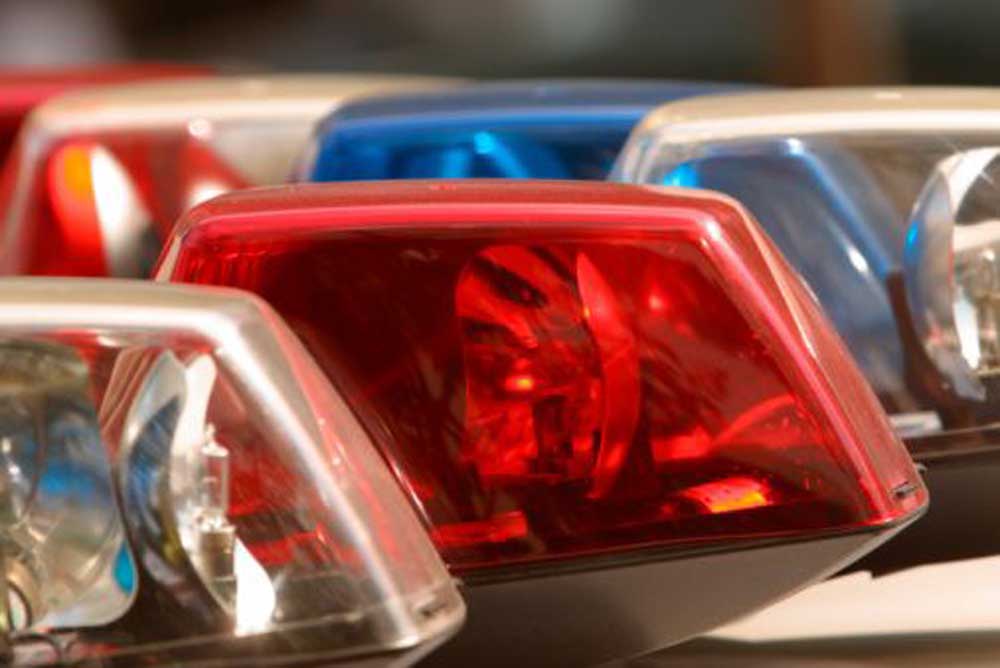Digital billboards aid FBI in hunt for top criminals
Published 5:00 am Tuesday, October 8, 2013
HACKENSACK, N.J. — In the aftermath of the Boston Marathon bombing, as a fevered manhunt spread from city to suburbs and one suspect was killed in a wild shootout, wanted signs displaying photographs of the surviving suspect went up on digital billboards across much of New England.
As part of a media blitz that included alerts on the traditional outlets of television, radio and the Internet, the FBI aimed to tap into a huge pool of potential tipsters, the tens of thousands of motorists plying major highways in the Northeast. The agency was preparing to display the photos of the suspect, Dzhokhar Tsarnaev, on billboards in North Jersey when he was arrested on April 19, a spokesman for Clear Channel Outdoor said.
The FBI’s digital billboard program, a partnership with Clear Channel and other national outdoor advertising companies that donate the ad space, has been growing steadily since it began as a one-city test in Philadelphia in 2007 and expanded to 20 cities the following year. It now comprises a network with more than 3,200 locations throughout the country.
The goal is to enlist the public’s help in catching dangerous and elusive criminals and rescuing kidnap victims using a modern, high-tech version of the old-fashioned wanted poster. So far, FBI officials say tips from people who have seen the billboards have played a role in the arrests of more than 50 fugitives.
Access to the towering electronic boards gives the FBI a valuable tool in its crime-fighting arsenal, said FBI Special Agent Barbara Woodruff, a spokeswoman for the Newark field office.
“We reach a wider audience,” she said. “We have access to these billboards in times of extreme importance, to include national emergencies, fugitive-related cases and kidnappings.”
“Some people don’t always read the paper (and) newspapers don’t always pick up press releases,” she added. “Millions of people commute every day, and they’re staring at the billboards.”
The FBI’s Newark Division tapped into the New Jersey network of electronic billboards on May 2 to mark the 40th anniversary of the execution-style slaying of state trooper Werner Foerster on the New Jersey Turnpike in 1973. This time it was to publicize the doubling to $2 million of the reward for information leading to the capture of Joanne Chesimard, a Black Liberation Army member who was convicted of murdering Foerster and remains one the state’s most notorious fugitives.
The FBI also named Chesimard, 66 — who was broken out of a New Jersey prison in 1979 and has been living in Cuba since 1984 — one of its Most Wanted Terrorists, making her the first woman to be added to that list.
Posters featuring the FBI’s 10 Most Wanted fugitives are now regularly cycled into the advertisement rotation on digital billboards from coast to coast.
Last month, a young man dubbed the I-55 Bandit who was suspected of staging 10 bank robberies in five states, surrendered to FBI agents in St. Louis. The man turned himself in less than 24 hours after he was the focus of an extensive publicity campaign that included digital billboards.
“As of March 2013, there have been 51 cases solved as a direct result of tips received from billboard viewers,” Woodruff said.
“Many more cases have been solved as a result of an overall publicity effort in which the billboards played an important role,” she added.
Typically, the digital notices feature a photograph of the fugitive, the crime — bank robbery, murder or kidnapping, for example — for which the fugitive is wanted and a phone number to call. Occasionally, they will carry other information, such as a description of a vehicle, that will generate tips that can lead to an arrest, she said. The wanted signs, which can be posted relatively quickly and may be updated if necessary, typically have short messages so as not to be overly distracting to drivers, officials said.
The program’s first success in New Jersey resulted in the capture of Walter Haskell, a convicted robber from Medford who was wanted for the armed robbery of $5,440 from a South Orange bank in 2008.
Carrying a semiautomatic handgun under his shirt, Haskell walked into a Bank of America branch and handed a teller a note that said: “This is a holdup. The money or ill start shooting.”
A fingerprint lifted from the demand note led to his identification, but Haskell was nowhere to be found. After a clearer photo of him went up on digital billboards around the state, a flood of tips came in, resulting in his arrest in Minnesota less than three months after the holdup.
Haskell pleaded guilty and was sentenced in 2011 to more than seven years in prison. His case is one of a handful of billboard success stories cited by the FBI in Newark.
Another involves a Virginia drug fugitive named Edward Myricks. After seeing his photo on a digital billboard in Newark in 2010, Myricks, a reputed lieutenant in a heroin-trafficking ring, turned himself in to authorities. He is now serving a 20-year term.
Which billboards are assigned to display wanted posters and how long they remain in rotation depends on the FBI’s intelligence gathering, says Mitchell Schwartz, a spokesman for Clear Channel Outdoor. The company operates billboards in about 40 U.S. markets, including the New York metropolitan area, which includes North Jersey and southern Connecticut.
“We’ve actually had a lot of success,” Schwartz added. “We’ve had 47 Most Wanted individuals that have been apprehended or actually turned themselves in … as a result of them being up on a Clear Channel billboard,” he said.
When the FBI wants the public’s help in locating a fugitive in New Jersey, its liaison officer sends the information and photos by email to a manager at Clear Channel, where the data is entered into a template, loaded into the system and directed to billboards in a targeted geographic area, Schwartz said.
The digital wanted poster then rotates as one of eight eight-second spots in a 64-second loop for a proscribed period, typically days at a time, he said.
The FBI embarked on one of its largest campaigns in 2010 when bank surveillance photos of a balding, heavyset, middle-age man dubbed the “Granddad Bandit” went up on nearly 2,000 digital billboards in more than 40 states.
During a 20-month crime spree, the man stole $83,800 from 26 banks in 14 states from Florida to Texas and New York.
Unlike most bank robbers who try to hide their identity, this bandit never covered his face or head. Yet pictures sent to local newspapers and television stations failed to produce any good leads. Then the FBI decided to go nationwide on the digital billboard network.
A tipster recognized the suspect’s photo and gave authorities his name, and Michael F. Mara was arrested at his home in Baton Rouge, La., in August 2010. Mara, who as it turned out never robbed a bank in his home state, is serving a 25-year sentence.








